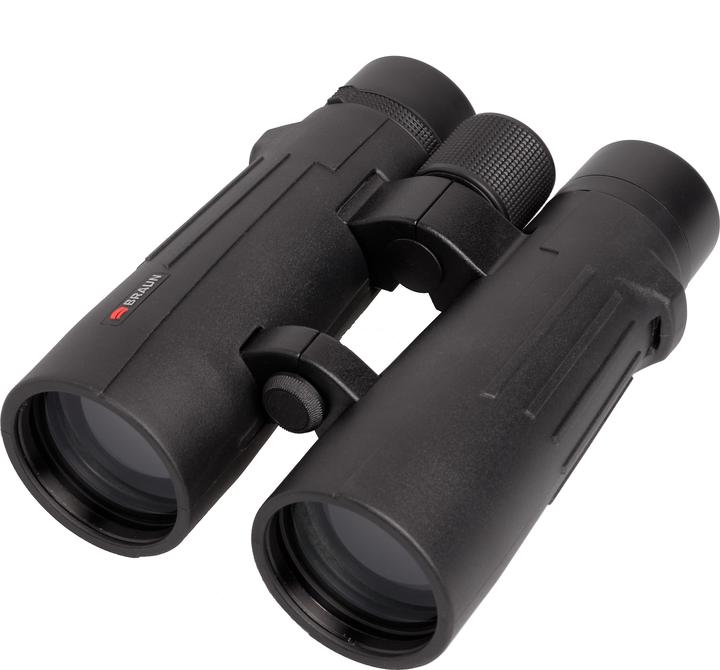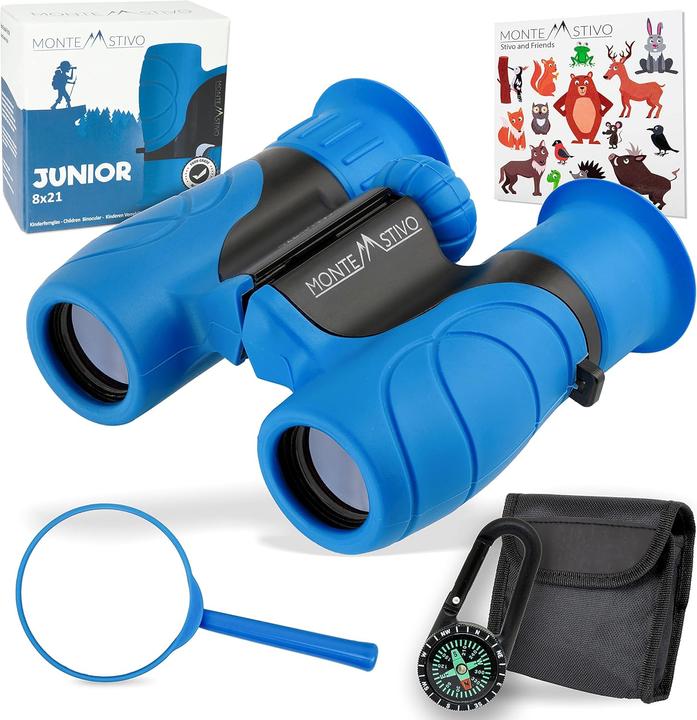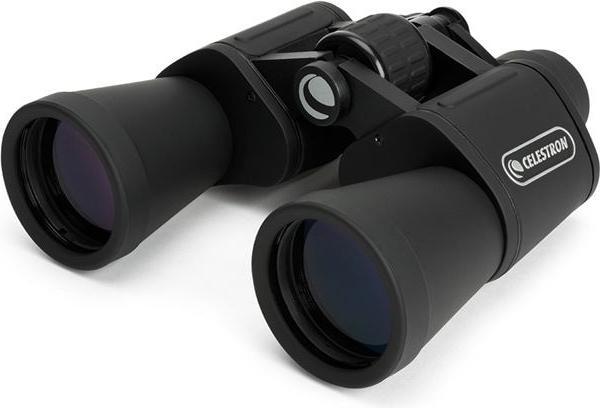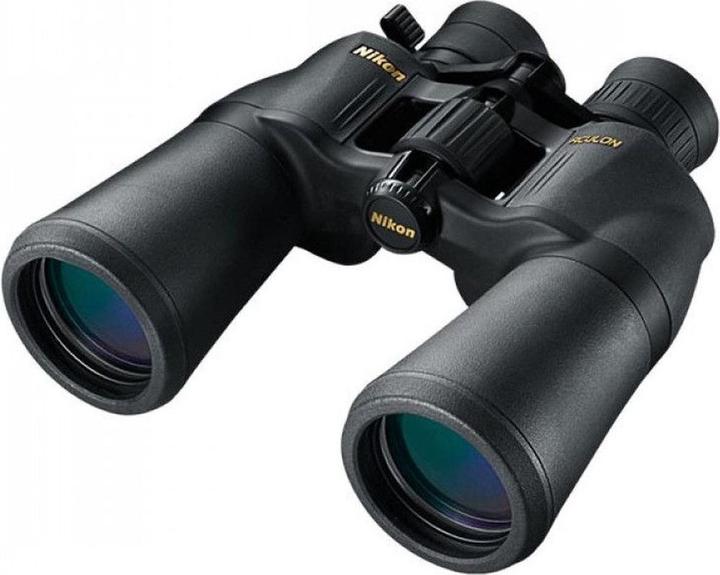
Too Many Binoculars? Here's How to Choose the Right One
Discover five key factors to consider when selecting the perfect pair of binoculars for your needs.
Last updated 1 week ago. Automatically generated content.


Select options and limit the number of products
Binocular type refers to the design and functionality of optical devices used for viewing distant objects, impacting portability and ease of use. Choosing the right type ensures optimal performance for specific activities, such as bird watching, hiking, or sports events.
Popular options (you can select more than one)
Binocular
Features two parallel optical tubes for stereoscopic vision, providing depth perception.
Ideal for prolonged use, offering comfort and stability, especially for outdoor activities like bird watching.
Bestseller
Monocular
Consists of a single optical tube, making it compact and lightweight.
Perfect for quick observations and portability, suitable for travel and casual use.
Bestseller
Magnification determines how much closer objects appear through the binoculars, greatly impacting the viewing experience. Choosing the right magnification allows users to see details clearly, enhancing activities like birdwatching or sports events.
Popular options
Up to 8 x
Provides a wider field of view with less shake, making it easier to track moving objects.
Ideal for casual use, such as hiking or watching sports, offering stable and comfortable viewing.
Bestseller
9 - 10 x
Balances between detail and field of view, offering a clear image with moderate shake.
Suitable for versatile use, including birdwatching and concerts, where detail and stability are both important.
Bestseller
11 - 20 x
Offers high detail magnification, perfect for observing distant objects with precision.
Best for specialized activities like astronomy or long-distance viewing, although may require a tripod for stability.
Bestseller
Prism type in binoculars affects image clarity, brightness, and overall viewing experience. Choosing the appropriate prism type is essential for achieving the desired optical performance based on your specific needs, such as birdwatching or stargazing.
Popular options (you can select more than one)
Rooftop
Compact design with straight-line optical paths, making binoculars more lightweight and portable.
Ideal for outdoor enthusiasts who need durable and easy-to-carry binoculars for hiking or travel.
Bestseller
Porro
Utilizes a zigzag light path for enhanced depth perception and wider field of view.
Best suited for those seeking superior image quality and clarity, particularly for wildlife observation and sports events.
Bestseller
Aperture size in binoculars determines the amount of light that enters, affecting image brightness and clarity. Larger apertures enhance low-light performance, making them crucial for activities like bird watching at dawn or dusk.
Popular options
Up to 32 mm
Typical price
51.– to 260.–Compact aperture size offers portability and ease of handling.
Ideal for daytime use, particularly for casual observing or hiking, providing decent image quality in bright conditions.
Bestseller
33 - 42 mm
Typical price
140.– to 400.–Medium aperture size balances size and light intake, improving image brightness.
Suitable for general use, offering versatility for both daytime and early evening observations without being too bulky.
Bestseller
43 - 60 mm
Typical price
120.– to 520.–Large aperture allows maximum light entry, enhancing visibility in low-light conditions.
Recommended for serious wildlife observation or stargazing, providing superior image clarity and detail even at night.
Bestseller
Selecting the right binoculars brand can ensure quality optical performance and durability, impacting the user's outdoor experience. Nikon, Celestron, and Steiner stand out for their specialized features, catering to different needs from birdwatching to stargazing.
Popular brands (you can select more than one)
Nikon
Renowned for high-quality optics and durable construction.
Ideal for outdoor enthusiasts seeking clarity and precision in various conditions.
Bestseller
Bresser
Known for affordable, user-friendly models with reliable performance.
Great for beginners or those on a budget looking for dependable functionality.
Bestseller
Celestron
Specializes in binoculars with advanced features for astronomy and birdwatching.
Perfect for hobbyists and professionals needing high magnification and detail.
Bestseller
Steiner
Famous for robust, military-grade binoculars with precision optics.
Best suited for rugged environments and those needing exceptional durability and clarity.
Bestseller
Olympus
Offers compact and lightweight models with good optical quality.
Suitable for travelers and casual users who prioritize portability and ease of use.
Bestseller








